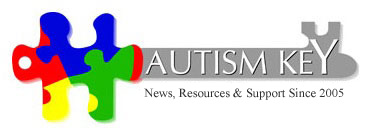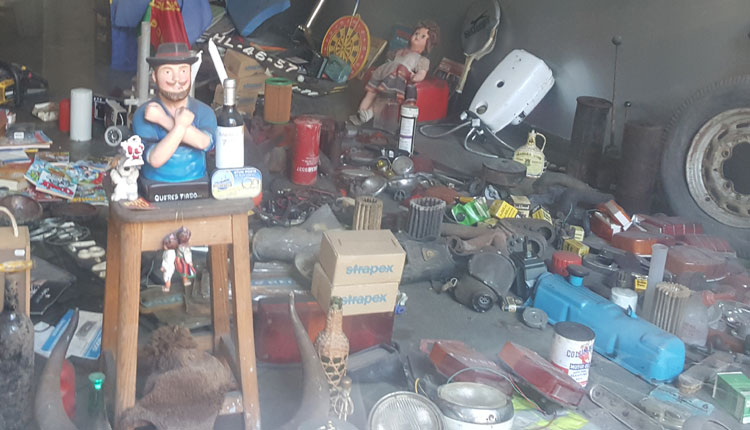Autism and Hoarding
For individuals with autism, the world of interpersonal relationships can be strange and harrowing.
Uncomfortable on teams, the camaraderie of sports often eludes them. A simple thing such as recess at school is fraught with peril. Because it’s difficult for them to find solace in the company of others, children on the autism spectrum often turn to creating collections as a source of emotional comfort. The collections are often centered around their special interests and each item holds a memory dear to them of when and where they got it. While their obsessive attachment to objects can create a disharmonious environment, Dr. Tony Attwood points out that it is not the classical, rampant hoarding of often worthless items that can lead to hazardous living circumstances.
If your home is being overwhelmed by your child’s things, Dr. Attwood suggests a tender, restrained approach. Think of asking your child to get rid of his stuff like someone asking you to burn your family photo album. The best strategy is to cull out what you can and keep a specific area for collected items. You might convince your child to rotate his or her collections in the spirit of maintaining their own personal museum, thereby cataloguing and retiring what could be stress-inducing clutter.
Hoarding is another interesting case in which individuals with autism engage in an activity for slightly different reasons than their neurotypical counterparts do. It calls to mind autism eating disorders that arise out of sensory issues or the embracing of the science of diet as a special interest.
Behavior problems in the classroom are more-often-than-not an expression of overwhelming anxiety as opposed to conduct disorder.
It’s important to view these problems through the prism of autism, because it always reveals deeper truths and sounder solutions.

